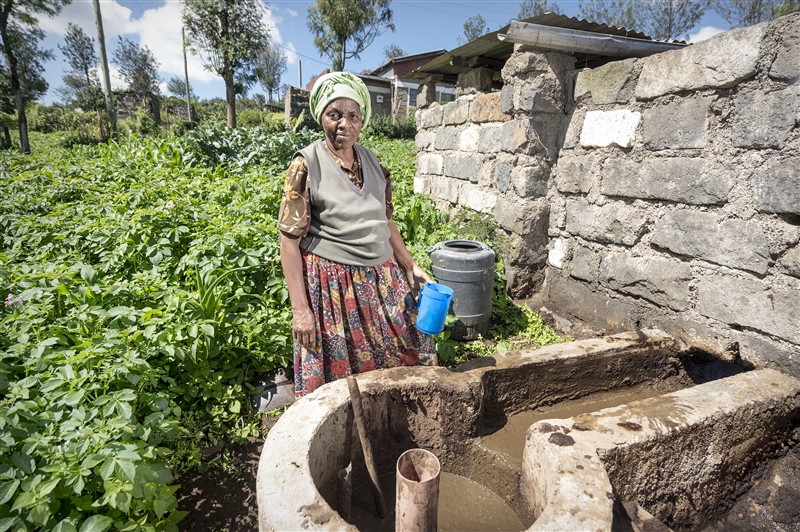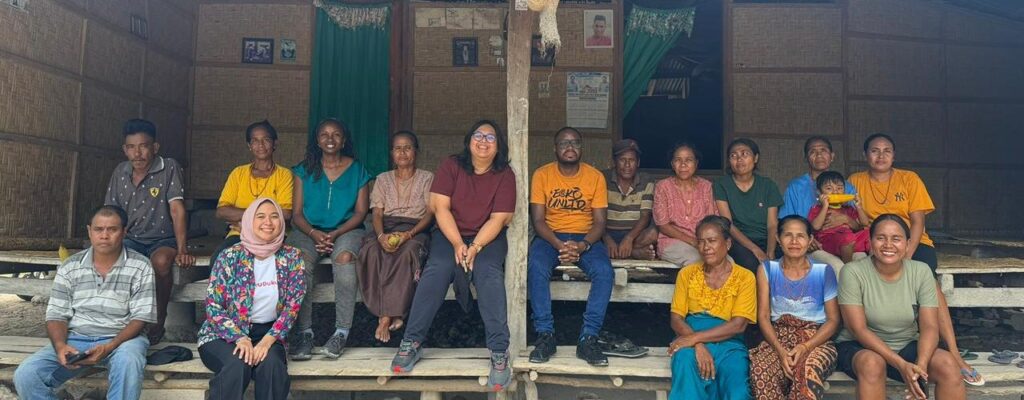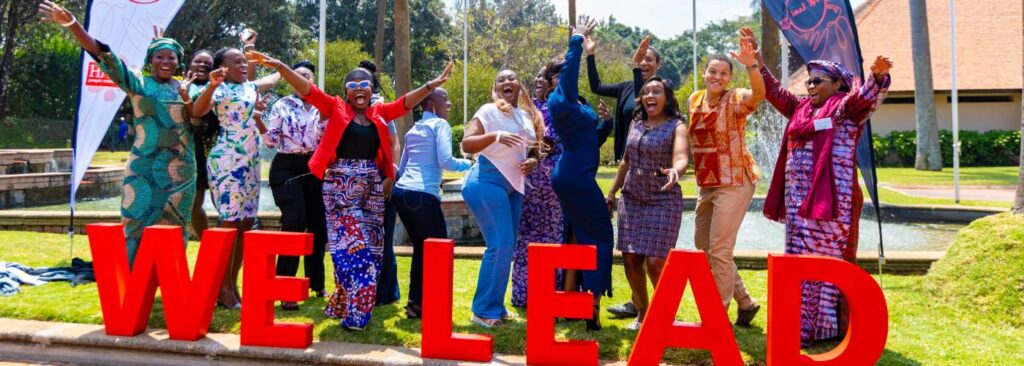‘The numbers’ and World Environment Day
This year’s World Environment Day theme: air pollution is quite timely with the climate change phenomenon and its close interlink with footprints on the environment. With an estimated 3.2 million premature deaths linked to air pollution globally, intensive lifestyle choices are beginning to make a mark too on global warming. While we have witnessed concerted efforts through intensive discussions from the annual Conference of the Parties (COP) gathering to countries’ commitments in reducing carbon emissions, millions of people globally are still reeling from the effects of contaminated air. Respiratory diseases are on the rise; clean air, water and food could soon become a scarce resource if reducing air pollution isn’t an urgent action to reaffirm human rights for all.
But even as environmental experts and major actors gather this year in Beijing, China to commemorate world environment day and forge commitments to improve air quality; an onerous statistic in sub-Saharan Africa must not be forgotten: 600,000 deaths every year according to World Health Organisation. Beyond these staggering numbers are the faces of women and children who have borne the burden of indoor air pollution emanating from the use of charcoal and firewood for cooking and lighting.
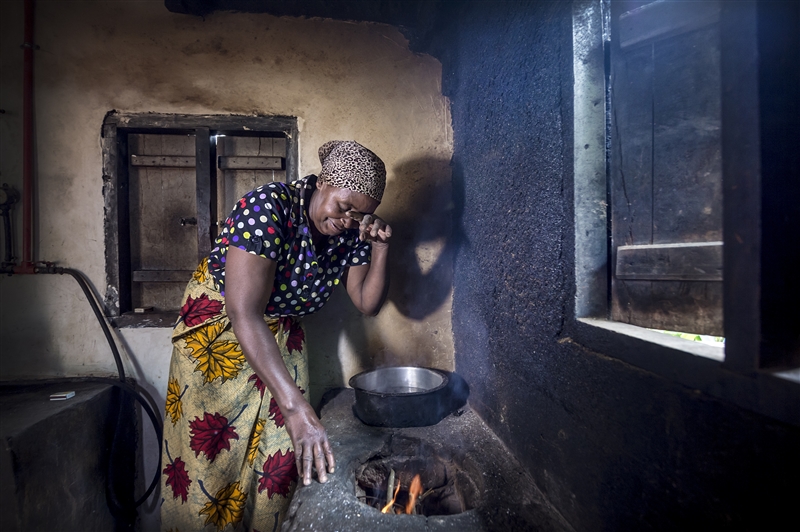
The journey to clean cooking in Africa traces a stark history to indoor air pollution as a norm where unfortunately till today; firewood and charcoal remain a popular choice of fuel amongst households. The UN Environment agency estimates that wood fuel and charcoal alone account for 40 per cent of energy use in Africa. These glaring statistics have not only contributed to mushrooming of enterprises and jobs creation at the expense of deforestation but a leading invisible killer among populations.
Scale down commitments to clean cooking
Air pollution and indoor pollution are ideally two sides of the same coin, with one contributing to another. Solutions to reducing air pollution have often centralised on industrialisation and green house gas emissions. From shifts such as riding bicycles to offsetting carbon emissions, major approaches on reducing the carbon footprint have been too elitist often leaving out those in dire need of access to energy at the fore front of discussions.
In fact, experts argue that indoor air pollution contributes significantly to outdoor pollution with ripple effects such as taxpayers using a lot of money to treat respiratory diseases. These margins are worse in the global south countries with a higher poverty index and poor health care systems.
Africa’s energy poverty index now at 620 million people with no access to electricity (according to the International Renewable Energy Agency) is a social and economic tragedy inhibiting development. Closer home in Kenya, over reliance on biomass led to environment legislation in 2018 placing heavy restrictions on cutting down of trees and charcoal production which unfortunately has had little effect on reducing indoor pollution. As such, discourses around air pollution should be linked to alleviating energy poverty and decentralizing clean energy technologies to those in dire need such as the pro-poor.
Real efforts in the fight against air pollution can only bear fruit if energy transition that puts people at the heart of development is recognized and up-scaled. The UN Sustainable Development Agenda (SDG) 7, which calls for everyone to have access to affordable, reliable and sustainable energy by 2030, will be realized if clean cooking to curb indoor pollution is a principle pillar in meeting the energy needs of people who are not connected to the grid.
Countries’ concentration in implementing mass energy projects including electricity and power plants to achieve SDG 7 is the biggest barrier in reducing indoor pollution as it ignores simple solutions such as decentralization of renewable energy technologies.
Hivos East Africa leading clean cooking innovation
Technologies such as biogas have proven scalable in 5 countries within sub-Saharan Africa. An inspiring initiative: The Africa Biogas Partnership Programme has to date enabled more than 500,000 lives access clean energy from the use of biogas. Implemented by Hivos East Africa and SNV, ABPP’s story has been simple; building a commercially viable market for the upscale and adoption of biogas in countries that have been affected most by climate change. The stories from this initiative have been winning: Burkina Faso’s government is leading an alliance in West Africa to have countries in the Sahel region adopt biogas for clean cooking; in Uganda, Tanzania and Ethiopia, bio-slurry has been commercialized as a significant component of organic farming while Kenya has been leading a frontier in providing an enabling environment where the private sector can partner with government to uphold quality standards in the maintenance of biogas plants within households.
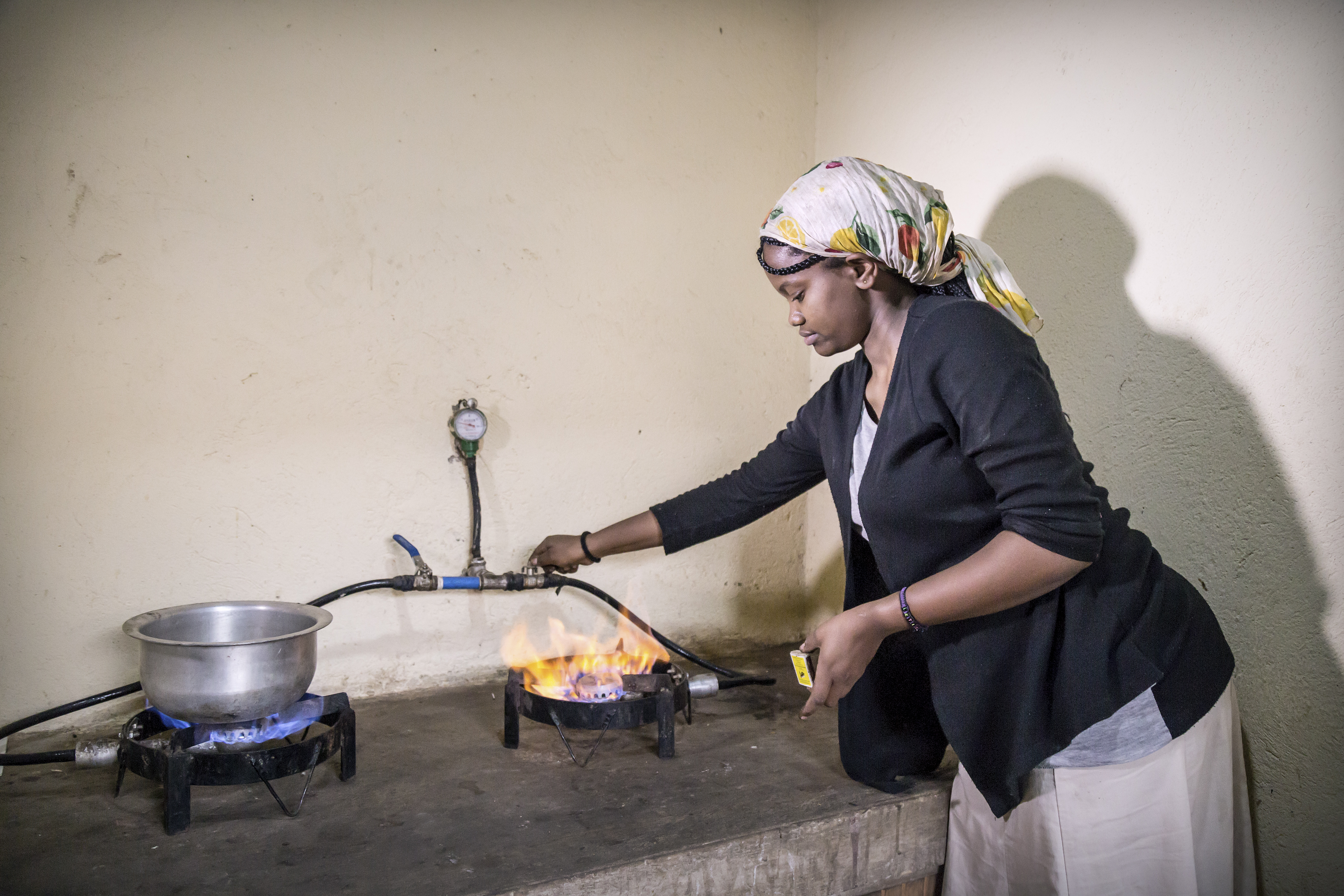
The trigger of change leading to installation of over 60,000 biogas plants in the 5 countries has been a paradigm shift from solid cooking fuels to clean cooking fuel. This change was fostered by private-public partnerships to finance the budding of biogas enterprises and deliberate efforts by governments such as Burkina Faso to create an enabling policy environment that will increase uptake of biogas by households.
In as much as the global meeting in China is stimulating necessary and urgent discussions around reducing air pollution, all actors including: governments, activists and environmental experts must not forget the glaring statistics of lives lost from indoor pollution. Energy access through decentralised technologies should be tabled as one of the urgent solutions needed to curb indoor pollution.
About Africa Biogas Partnership Programme (ABPP)
ABPP is a program implemented by Hivos East Africa in partnership with SNV and funded by the Dutch Directorate for International Cooperation. It aims to build 100,000 biogas plants in 5 African countries: Kenya, Uganda, Tanzania, Ethiopia and Burkina Faso to provide clean energy for cooking and lighting and boost organic farming through the use of bio-slurry (semi-liquid effluent from a bio-digester).


